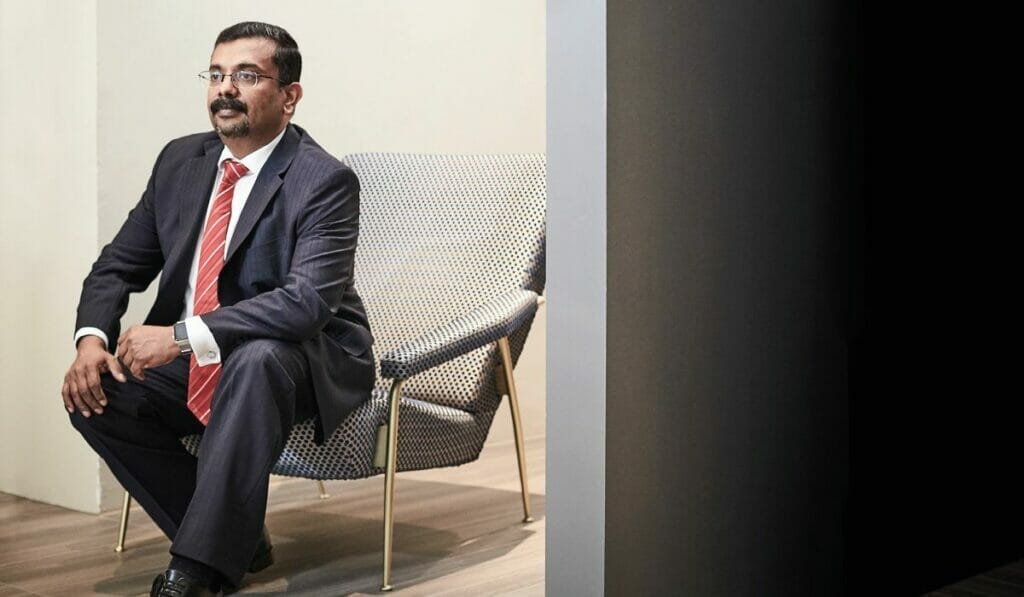As the tide of misinformation continues to rise, swaying elections from Germany through to the US, it is no wonder the Malaysian government passed an Anti Fake News Bill 2018 just a few months ago.
“It’s a problem that’s only going to grow,†says Thomas Jacob, chief operating officer of the World Association of Newspapers and News Publishers, an organisation that helps media companies to adopt industry best practices. “Social media makes it too easy for readers to share articles without thinking about whether the material is true.â€
To help readers discern between fact and fiction, news organisations such as The Washington Post and BBC News have rolled out fact-checking initiatives – dubbed Fact Checker and BBC Reality Check, respectively – to debunk falsehoods. However, while legacy media brands strive to fight the good fight, the 55-year-old Jacob believes it’s time to revisit media literacy programmes, which help readers to critically evaluate content.
Instead of relying on organisations to snuff out misinformation as it arises, readers should be armed with the tools to assess a piece of news. “Performing a reverse image search (using an image to search for similar images) on Google, for example, allows readers to trace the provenance of a photo. It is then possible to tell if an image has been doctored,†says Jacob, who has 29 years of experience in media.
Independent fact-checking websites such as Snopes.com are also helpful in verifying misinformation that has gone viral, highlighting everything from misleading captions to fake tweets. Readers should also look up the creators behind the story, noting if the URL maps from a credible news site, or if the author is an expert with a body of work to show for it.



